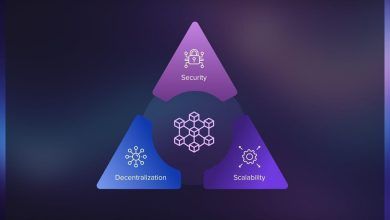
What is the Purpose of Plasma Spraying?
Plasma spraying is a thermal process that uses a plasma jet to create a protective coating on a surface. It is a versatile and flexible method of applying coatings to various materials, and it can apply metals, ceramics, or alloys to a substrate. In addition, plasma spraying is widely regarded as a highly cost-effective technique.
The critical aspect of this process is its high rate of deposition. During the spraying, a powdered material is injected into a plasma flame. Afterward, the generated heat causes the powder to accelerate and propel onto the substrate. This coating can be used for different applications, including aerospace and automotive.
Plasma spraying is used for various applications, but the most common uses are in the aerospace and automotive industries. Metals and ceramics are the two most common plasma spraying materials. However, a variety of other materials can be sprayed for a variety of purposes. To find out more about Thermal Plasma Spray, go to poeton.co.uk/advanced-treatments/apticote-800-thermal-plasma-spray/
Depending on the material, the resulting coating can last a few years or longer. Moreover, plasma spraying can apply protective coatings for various applications, including corrosion resistance, wear resistance, and heat resistance.
To ensure the proper deposition of the coating, it is vital to use the correct environment and technology. These include a plasma gun, a jet, an anode, and a cathode. Some technological parameters involved include particle size, velocity and morphology of the particles, and the gas composition of the plasma jet. When all these factors are correctly manipulated, it is possible to develop an extremely flexible and robust thermal spray process.
To achieve a uniform coating thickness, it is crucial to have a consistent powder feeding rate. For this reason, a narrow size distribution of the powder is most suitable. Another essential consideration is particle morphology, which is directly related to its size and velocity. Also, a variety of powders are used in plasma spraying.
Several gases are used in plasma spraying, including nitrogen and argon. Aside from these gases, a secondary plasma gas, such as hydrogen, can be used. Hydrogen has a relatively high heat transfer coefficient and is often used in atmosphere plasma spray applications. Other plasma gases can also be employed, such as helium.
Typically, a plasma jet has a temperature of around 10,000 – 15,000 degrees Celsius. These temperatures allow the application of high melting point materials. Additionally, the rapid energy release of the plasma jet provides for the application of these materials at high speed. This results in a coating that can protect a wide range of environments.





